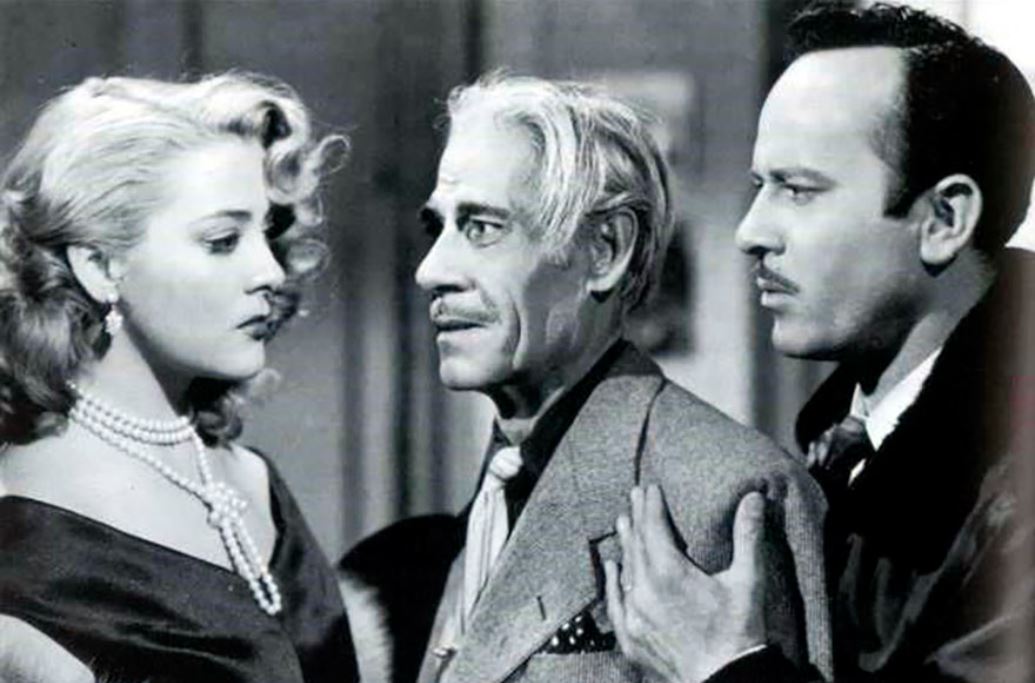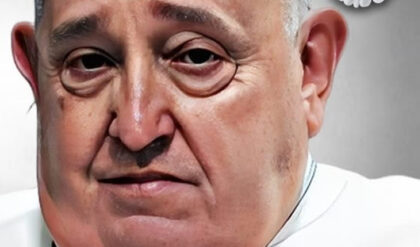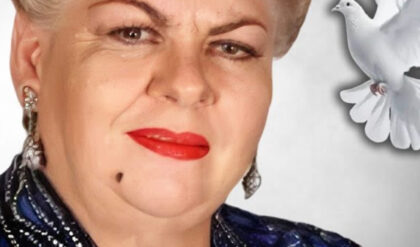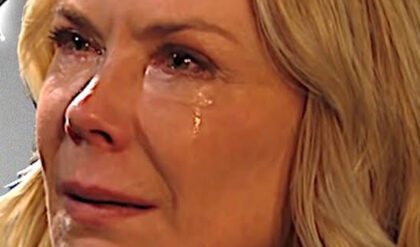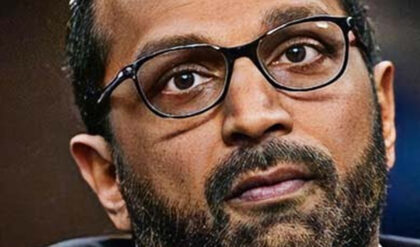The Golden Age of Mexican Cinema, spanning the 1930s to the 1950s, showcased iconic stars like Pedro Infante, María Félix, and Jorge Negrete, who became symbols of Mexican culture and artistry. Among these celebrated actors was Andrés Soler, a beloved figure and an influential force, who, despite his fame, kept a largely private life. While Soler contributed to over 190 films, often in supporting roles, few people know about the man behind the camera: his passions, dedication to the industry, and the mysterious circumstances surrounding his un
Born as Andrés Díaz Pavía on November 18, 1898, Soler was one of the prominent members of the Soler acting family, a dynasty that included his siblings Julián, Domingo, Fernando, and Mercedes Soler, all significant figures in the Mexican film industry. Unlike his brothers, who achieved stardom relatively early, Andrés’s journey to fame was gradual. His film career began at age 38 in Arcady Boytler’s Celos in 1935, but he soon won over audiences with his charm and natural talent, becoming known for bringing warmth and humor to the screen.

In the following years, Andrés appeared in some of Mexican cinema’s most iconic films, sharing the screen with the likes of María Félix and Pedro Infante. Among his celebrated roles was Lo que el hombre puede sufrir (1943), where he portrayed a man entangled in the complex emotions of love and temptation.
One of his most memorable roles was in Historia de un gran amor, where he played Vitriolo, a jealous pharmacist who vies for the love of Soledad, portrayed by Gloria Marín. His portrayal of the unpleasant, suspicious Vitriolo earned him acclaim, though it marked a departure from his typically endearing roles.
By the 1940s, Soler had established himself as a sought-after supporting actor, and his career continued to soar. He starred alongside Jorge Negrete in La Carta de Amor, taking on the role of Colonel Arturo Gonfalón. Soler’s distinct ability to capture a wide range of personalities made him indispensable in films like Doña Bárbara, *Mujeres siMujeres sin Mañana, El Bruto, andLos Tres Alegres Compadres. These films so
In addition to his on-screen work, Andrés Soler devoted himself to supporting and uplifting the Mexican film industry. He played a pivotal role in founding the National Association of Actors (ANDA) alongside figures like Cantinflas and Negrete, advocating for better working conditions for actors and training young talent. Soler was instrumental in establishing ANDA’s Academy of Dramatic Arts, where he dedicated himself to nurturing future generations of actors. Reflecting on his advocacy work, he once shared, “Forget vanity and always be humble, whether on stage, screen, or in the street,” a sentiment that endeared him to colleagues and students alike.
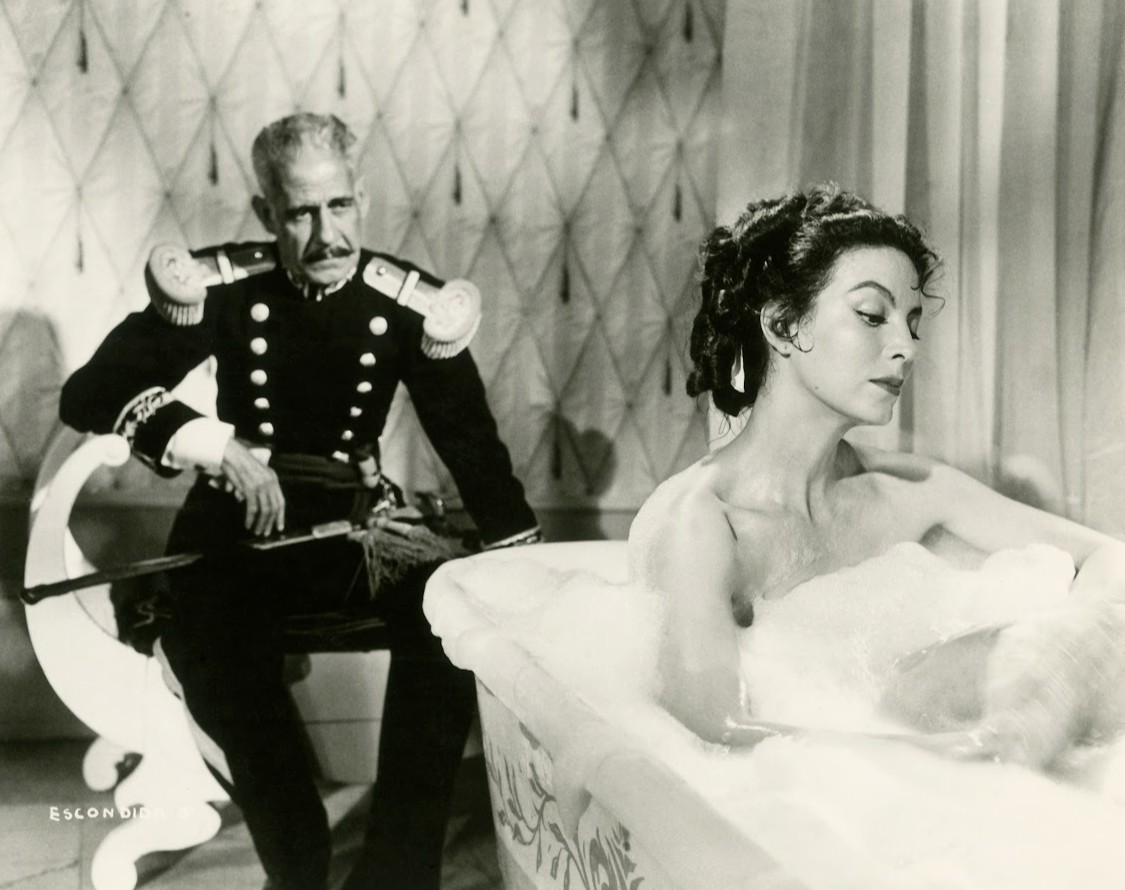
Despite his immense contributions, Soler never married or had children. In an interview, he attributed this choice to the demands of his career, remarking with humor, “A man marries when he has nothing important to do, and I’ve always been very busy.”
His private life, however, was filled with unique hobbies and interests. Soler had a peculiar passion for collecting figurines, particularly elephants, amassing an impressive collection of over 2,888 pieces over the years. His home became a showcase for his collection, reflecting his meticulous and passionate personality. He also collected ceramics, though the size of this collection was never revealed.
Interestingly, Soler’s earlier years involved a drastically different hobby: bullfighting. Enthralled by the thrill of the bullring, he even performed as an amateur matador until an injury brought his brief bullfighting career to an end. He often spoke about his fondness for the art of bullfighting, citing Paco Camino as one of his favorite toreros. Soler carried a scar from his encounter with a bull, a physical reminder of his youthful pursuits.
Beyond his artistic and personal life, Soler shared a close connection with Pedro Infante, one of Mexico’s most adored film and music icons. Despite their 19-year age difference, both men shared a love for acting and a fascination with collecting. Born on the same day—November 18—though in different years, they co-starred in nine films, including No Desearás La Mujer de Tu Hijo and La Oveja Negra. Like Soler, Infante was an avid collector, though his collection focused on model trains, a passion rooted in his difficult childhood. Their friendship, both on and off the screen, extended to their mutual camaraderie with Jorge Negrete, another beloved star of Mexican cinema.

The final days of Andrés Soler’s life were marked by tragedy. Three months before his death, he had completed work on El Hermano Capulina, a film in which he portrayed a friar managing an orphanage, featuring the popular comedian Capulina. However, Soler’s health took a sudden turn after breakfast on the morning of July 24, 1969, when he lost consciousness at home. His close friend and housemate, Luis Cotto, rushed him to ANDA’s clinic, where doctors noted that Soler had likely suffered a cerebral thrombosis, a blood clot obstructing oxygen flow to his brain.
The following day, Soler’s condition remained critical, and medical professionals were uncertain about his chances of recovery. A surgery was performed to remove the clot and restore circulation, but despite their best efforts, Soler’s health continued to deteriorate. Tragically, Andrés Soler passed away on July 26, 1969, at 3:00 a.m., surrounded by friends and family. He was 70 years old. The news of his death shook the Mexican film community, with hundreds of fans, colleagues, and loved ones gathering to pay their respects. He was laid to rest in Mexico City’s Panteón Jardín, leaving behind an enduring legacy.
Though Soler’s extensive filmography remains a testament to his talent, his most lasting impact was his commitment to teaching and advocating for actors’ rights. He tirelessly fought for fair treatment and opportunities for his fellow actors, leaving a profound influence on Mexican cinema’s professional standards. Today, Andrés Soler is remembered not only as one of the greatest supporting actors of his time but as a mentor, advocate, and dedicated craftsman who brought humanity to every role he played.
